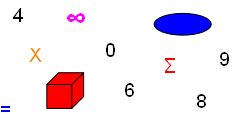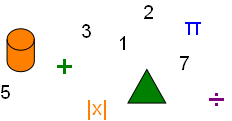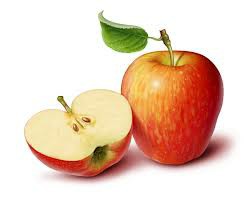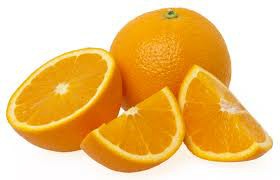



Multiplying Fractions
including Mixed Fractions with Mixed Numbers


The product of multiplying fractions always results with proportion that increases if the factors are greater than 1 and no factors are equal to zero:
1) 1 (one) multiplied by any non-zero fraction equals the non-zero fraction:
1/5 × 1 = 1/5
2) 1 (one) multiplied by all non-zero fractions equals the product of all
non-zero fractions not equal to 1: 2/3 × 1 × 1/2 = 2/6 = 1/3
3) Fraction multiplication by zero equals zero: 2/3 × 5/8 × 0 = 0
The denominator of a fraction can never equal zero. A zero denominator is undefined math.
Dividing and multiplying fractions are each opposite math operations of the other.
How to Multiply Fractions
There are 3 steps for fraction multiplication:
1) Multiply all numerators.
2) Multiply all denominators.
3) Simplify fractions answers by reducing fractions to make them
proper fractions.
1/5 × 2/3 = 2/15
Numerator multiplication: 1 × 2 = 2
Denominator multiplication: 5 × 3 = 15
1
5
×
2
3
=
2
15
Multiplying Mixed Fractions
Solving mixed fraction math problems:
2 4/6 × 1 3/4 =
1) Convert mixed numbers to improper fractions:
2 4/6 × 1 3/4 = 16/6 × 7/4 =
2) Reduce fractions if possible, keeping them improper fractions:
8/3 × 7/4 =
3) Multiply numerators by numerators and denominators by denominators:
56/12 =
4) Simplify fractions answer: 56/12 = 28/6 = 14/3 = 4 2/3
Multiplying multiple fractions:
3 1/2 × 1 3/5 × 2/3 = 7/2 × 8/5 × 2/3 = 112/30 = 56/15 = 3 11/15

One and one half apples is
1 1/2 as a mixed fraction.

8 quarters of orange is 2 whole oranges.
Multiplying Fractions and Mixed Numbers
3 × 1 3/5 × 2/3 = 3/1 × 8/5 × 2/3 = 48/15 = 16/5 = 3 1/5
The process is the same as multiplying mixed fractions. The integer 3 is written as an improper fraction by dividing 3 by 1.
Copyright © DigitMath.com
All Rights Reserved.